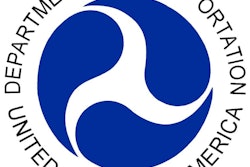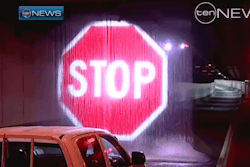 (Photo: Emily Saunders / Flickr)
(Photo: Emily Saunders / Flickr)A lot of orange traffic lights in Florida don’t last as long as they used to.
And that has stirred up a hornet’s nest. Are shorter orange light times just there to make money via red light cameras (RLC)? Do they risk intersection safety to make that money? Do they punish safe drivers unfairly? Or, is it a non-issue as the light-shorteners argue.
As Florida Today reports, “A subtle, but significant tweak to Florida’s rules regarding traffic signals has allowed local cities and counties to shorten yellow light intervals, resulting in millions of dollars in additional red light camera fines.”
The change was made at key intersections, “specifically those with red light cameras (RLCs),” says the report.
The National Motorists Association (NMA) points out that RLCs are a for-profit business between cities, camera companies and the state. James Walker, executive director of the nonprofit NMA says, “The (FDOT rule-change) was done, I believe, deliberately in order that more tickets would be given with yellows set deliberately too short.”
Federal guidelines, state and local best practices and a host of calculations specific to a given intersection are involved here; orange light times are not just made up by a guy with a laptop watching cars go by.
There seems to be no definitive right or wrong case made yet in Florida about the shorter orange light times. RLCs are a divisive issue, probably splitting communities roughly down the middle when it comes to arguing their pros and cons. This just adds a little more mud to the already muddy water surrounding the use of RLCs. But leaving it that way would seem to be a bad idea.
This is the Sunshine State, and we could use a little more sunshine on the use of shorter orange light times and the role of RLCs.









